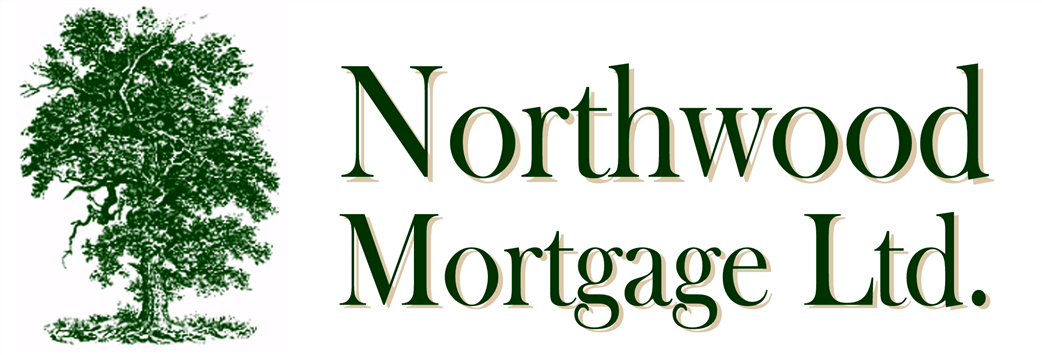AGENT LICENSE ID
M20001823
BROKERAGE LICENSE ID
10349
Julian Lau
Mortgage Agent
Office:
Phone:
Email:
Address:
7676 Woodbine Ave, Suite 300, Markham, Ontario, L3R 2N2
Congratulations!
You may be buying a home for the first time, maybe even an investment property or simply looking to better your finances. You are taking the right steps to financial independence. For that, I congratulate you!
I have done all of the above myself and I would like to help you do the same.
BLOG / NEWS Updates
CREA: Canadian Home Sales Holding Steady Heading into 2026
The number of home sales recorded over Canadian MLS Systems declined 0.6% on a month-over-month basis in November 2025, still well above April levels but mostly unchanged since July.
At this point its looking like the mid-year rally in housing demand has veered into more of a holding pattern heading into 2026, coupled with what looks like some price concessions in November in order to get deals done before the end of the year, said Shaun Cathcart, CREAs Senior Economist. That said, the Bank of Canadas clear signal that rates are now about as good as theyre likely going to get is the green light many fixed-rate borrowers have no doubt been waiting for, so we remain of the view that activity will continue to pick up next year.
November Highlights:
National home sales declined 0.6% month-over-month.
Actual (not seasonally adjusted) monthly activity came in 10.7% below November 2024.
The number of newly listed properties declined 1.6% on a month-over-month basis.
The MLS Home Price Index (HPI) dipped 0.4% month-over-month and was down 3.7% on a year-over-year basis.
The actual (not seasonally adjusted) national average sale price was down 2% on a year-over-year basis.
New supply declined 1.6% month-over-month in November. Combined with a smaller decrease in sales activity, the sales-to-new listings ratio tightened to 52.7% compared to 52.2% in October. The long-term average for the national sales-to-new listings ratio is 54.9%, with readings roughly between 45% and 65% generally consistent with balanced housing market conditions.
https://www.crea.ca/media-hub/news/canadian-home-sales-mark-four-year-high-for-the-month-of-september-2-2/
TD Canadian Quarterly Economic Forecast: As The World Turns
From TD Economics
Global growth has stood up to trade turmoil better than many feared earlier this year. Even with momentum expected to slow in 2026, it will be to a lesser extent than we expected three months ago.
In contrast, the U.S. economy is forecast to gain a step as Fed rate cuts, the One Big Beautiful Bill Act (OBBBA) and regulatory changes provide a tailwind.
Canada is also an economy of contrasts. Government initiatives to boost investment are likely to meet some resistance with 2026s CUSMA review. The Bank of Canada has done its part, with government spending set to play an increasing role.
As the world turns the page on 2025, key global growth players are on track to meet or exceed our forecasts from earlier this year, despite the disruption from U.S. trade policy. For a variety of reasons tariffs have not proven as punitive compared to the announced tariff rates, and interest rate cuts by global central banks provided a needed tailwind (see report). Looking ahead, the same story will unfold, but a further downshift is likely as most major central banks have reached the end of rate-cutting cycles and must now ensure balanced policy against stable inflation. And while government deficits are expanding in many economies, this is not a universal theme. Some face pressures to consolidate, minimizing the global fiscal impulse next year.
China was among the forecast outperformers, albeit investment is now weakening. This most recent bump in the road will firm the resolve of authorities to prop up the economy through policy support next year. Meanwhile, governments in the eurozone are expected to ramp up spending, particularly on defense. However, it will take time for major countries to follow through on their announcements, with that fiscal impulse becoming more evident in the second half of 2026.
https://economics.td.com/ca-quarterly-economic-forecast
Bank of Canada maintains policy rate at 2¼%
The Bank of Canada today held its target for the overnight rate at 2.25%, with the Bank Rate at 2.5% and the deposit rate at 2.20%.
Major economies around the world continue to show resilience to US trade protectionism, but uncertainty is still high. In the United States, economic growth is being supported by strong consumption and a surge in AI investment. The US government shutdown caused volatility in quarterly growth and delayed the release of some key economic data. Tariffs are causing some upward pressure on US inflation. In the euro area, economic growth has been stronger than expected, with the services sector showing particular resilience. In China, soft domestic demand, including more weakness in the housing market, is weighing on growth. Global financial conditions, oil prices, and the Canadian dollar are all roughly unchanged since the Banks October Monetary Policy Report (MPR).
Canadas economy grew by a surprisingly strong 2.6% in the third quarter, even as final domestic demand was flat. The increase in GDP largely reflected volatility in trade. The Bank expects final domestic demand will grow in the fourth quarter, but with an anticipated decline in net exports, GDP will likely be weak. Growth is forecast to pick up in 2026, although uncertainty remains high and large swings in trade may continue to cause quarterly volatility.
Canadas labour market is showing some signs of improvement. Employment has shown solid gains in the past three months and the unemployment rate declined to 6.5% in November. Nevertheless, job markets in trade-sensitive sectors remain weak and economy-wide hiring intentions continue to be subdued.
CPI inflation slowed to 2.2% in October, as gasoline prices fell and food prices rose more slowly. CPI inflation has been close to the 2% target for more than a year, while measures of core inflation remain in the range of 2% to 3%. The Bank assesses that underlying inflation is still around 2%. In the near term, CPI inflation is likely to be higher due to the effects of last years GST/HST holiday on the prices of some goods and services. Looking through this choppiness, the Bank expects ongoing economic slack to roughly offset cost pressures associated with the reconfiguration of trade, keeping CPI inflation close to the 2% target.
https://www.bankofcanada.ca/2025/12/fad-press-release-2025-12-10/




























